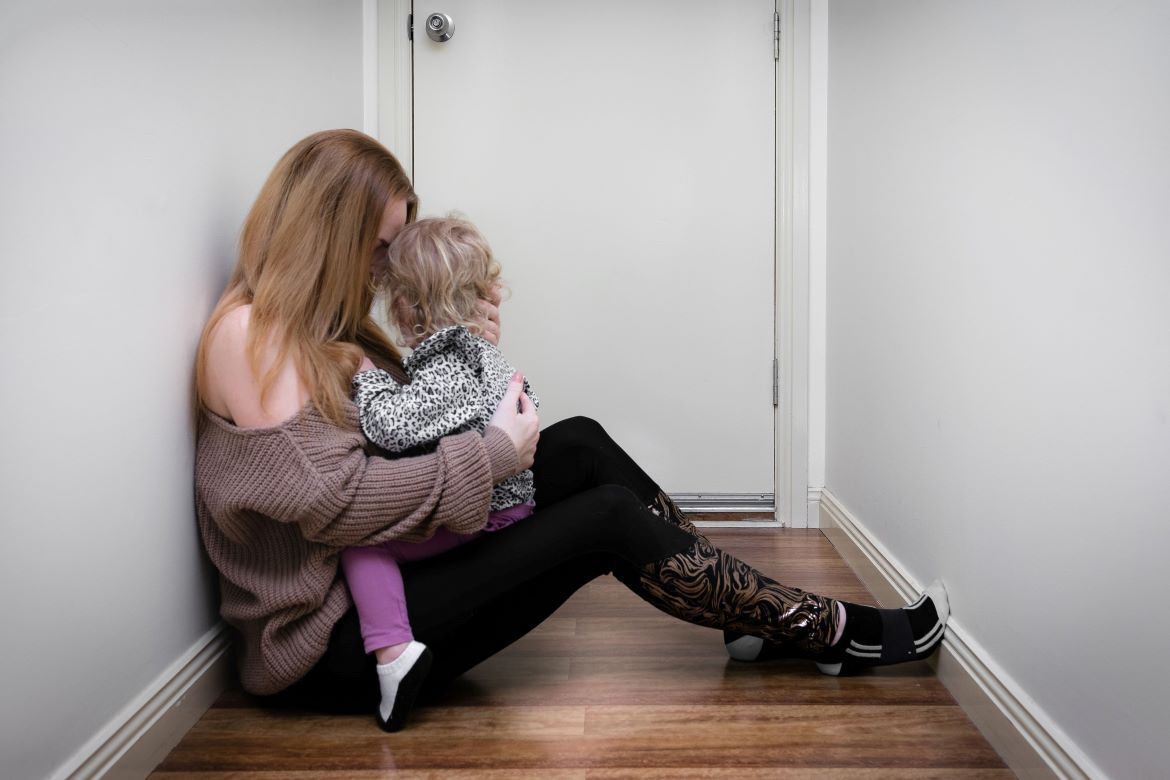By Sarah R. Moore
Below is Part 3 from my recent interview with Dr. Tina Payne Bryson about her incredible new book, The Bottom Line for Baby. In this segment, she talks about the myth of self-soothing – and how co-regulation is key to helping nurture our children’s developing brains.
If you missed Part 1 or Part 2, you can catch up here.
Co-Regulation vs. Self-Soothing
Sarah from Dandelion Seeds Positive Parenting:
You have given me goosebumps no fewer than 15 times as you’re talking about all of these wonderful things that resonate so strongly with me. I’m sure they will with many, many parents who will be watching this.
You did touch on something that I would love to explore a little bit more. You talked about co-regulation versus self-soothing.
Self-soothing is certainly one of the myths that has perpetuated our society globally for more years than it should have at this point.
Can you talk a little bit about that? And what we should be doing instead?
Tina Payne Bryson on Co-Regulation:
Yeah, I love that. You know, it’s funny. We use this term self-soothing and we all have different preferences about how we handle our own personal distress.
When something is upsetting to me – when I’m anxious, when I’m angry, when I’m fearful, when I’m sad or disappointed – I might want to be alone for a little while, but what I need most is to be connected to people. So the whole idea of self-soothing…even when I’m by myself, I’m with a self that has internalised all these relational experiences.
I can hear my mum’s voice saying, “Just breathe, baby.”
I can hear my husband saying, “I’m here if you need me.” You know, all of those things. There is no “self.”
We can get super philosophical – but we are held captive to one another’s nervous systems.
I mean, if I go to take a drink – I lift my sparkling water to take a drink and you’re watching me, Sarah – your mirror neurons are firing as if you were taking a drink as well.
So the whole idea of a separate self is kind of a silly idea, in one way, because the way our brains and our personalities and our souls and our spirits have developed have been in the context of relationship.
So I’m going to start with that [as it relates to co-regulation].
“It’s really, really ridiculous when we think about asking a baby with a super immature nervous system to self-soothe.” – Tina Payne Bryson
It’s such a ridiculous idea from a brain perspective and from a development perspective.
And when I talked about the idea of co-regulation - what I mean by that is when the other person is falling apart, obviously, this could be your spouse or your sister or something too – but we’ll talk about [co-regulation] in terms of children.
Your child is having a tantrum. Or they’re freaking out about something, or they’re complaining about something and making a big deal about something you think is ridiculous; all of those moments are opportunities for you to build your child’s brain through co-regulation.
Co-regulation looks like this: my kid’s falling apart. They’re super angry or they’re super anxious, and I show up in that moment with empathy and also boundaries. We can talk about that, too.
I say, “You’re so upset.” “You’re so angry” or “You’re afraid.” “I’m right here with you. How can I help? How can I comfort you?”. That’s the Seen and Soothed part of the four Ss.
Let me give it a really specific example of co-regulation.
So my son’s in the tub. He’s upset about bath time being over. He’s overtired and I say, “Hey, it’s time to get out” and he says, “I’m not getting out.”
He’s about four at the time.
He says, “I’m not getting out. This isn’t even a bathtub. So you can’t make me get out of it.”
He’s just not even being, you know, I don’t even know what he’s saying, but I don’t know how to argue with that.
Some of the biggest questions I get when I talk about soothing our children, and co-regulation with our children, are these:
“Yeah, but doesn’t [co-regulation] make them spoiled and indulged? Isn’t that permissive?”
Here’s why it’s not.
In that moment. I say to him, “It’s time to get out. You can either get out or I will help you get out.” I set a boundary, and boundaries help kids feel safe.
So, this is not at all permissiveness.
And by the way, the whole point of discipline is to teach and build skills so that children become self-disciplined.
“The way they learn the most – the time they’re most receptive to learning – is when they are regulated.” – Tina Payne Bryson
So in the name of discipline, and by that, I mean teaching, what I need to do, #1, is to get my kid regulated so that he can listen and be open and receptive to addressing the behaviour.
The quickest way and the best way to get your kid to listen and be receptive and to be an effective disciplinarian is to get them regulated first.
So in this moment, I say to my little guy who just walked by, who’s 14 tomorrow and at least six inches taller than I am – and I have permission to tell this story – is I say, “It’s time to get out. Or you can get out.”











